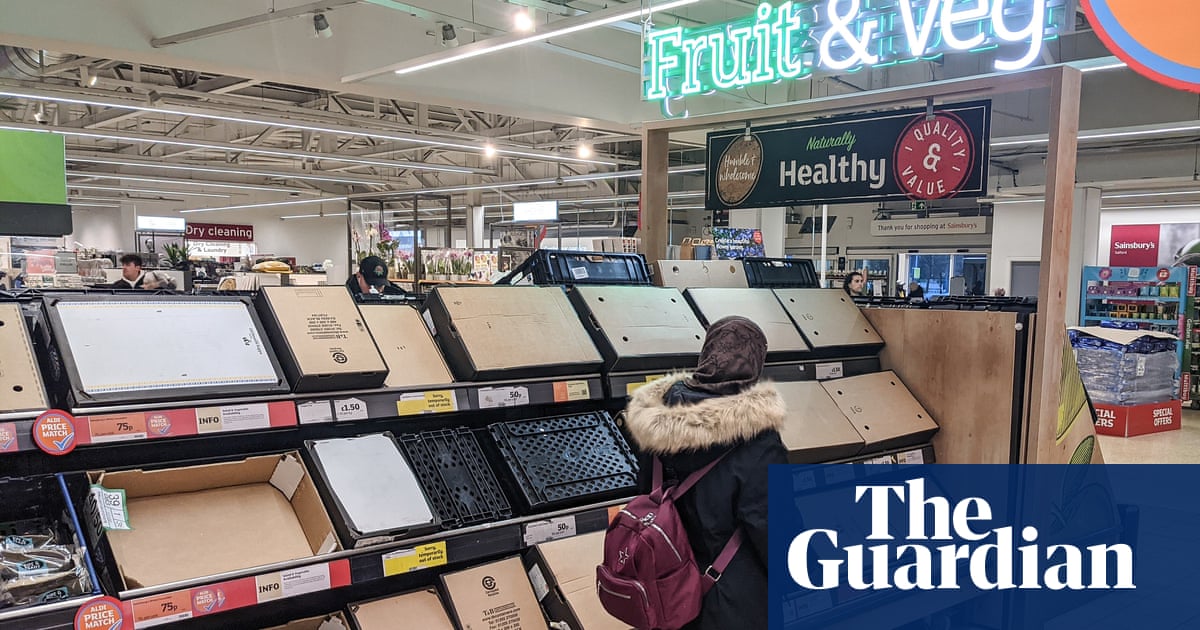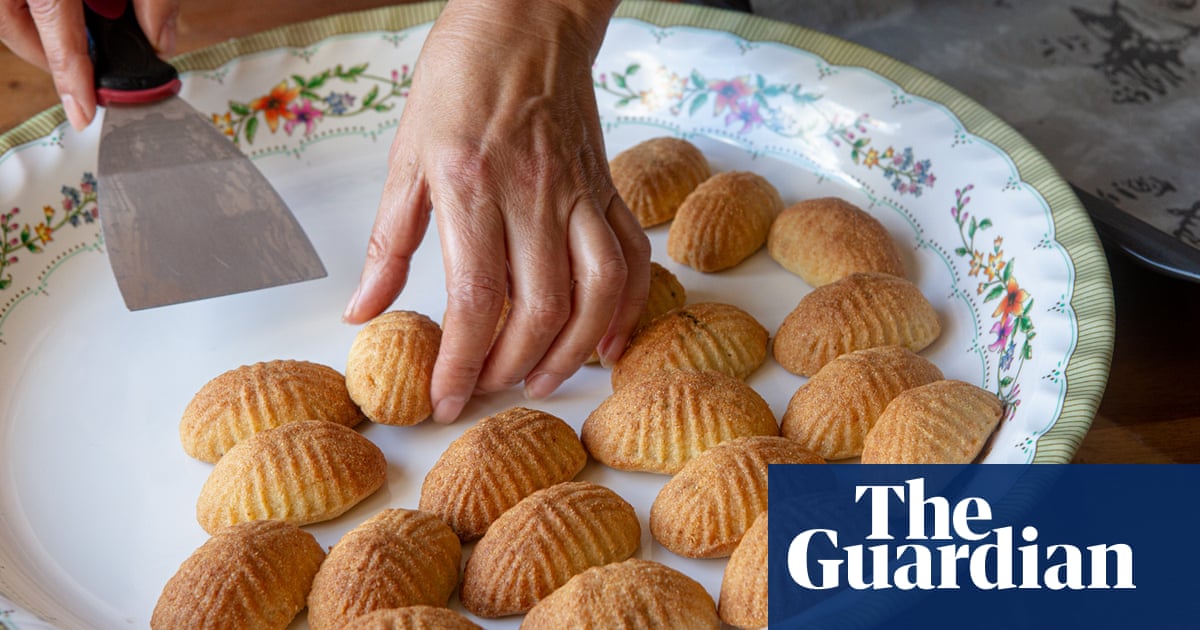
Best fruits for a bare wall
This often ignored vertical space can transform the look of a garden. Boundaries disappear when they are clothed in green – and the wildlife will be grateful, too. The more layers at different heights, the more insects you attract.
On a hot, sunny wall, nothing is better than a fig tree with its lush, architectural leaves and sweet fruit in late summer. Equally, you could fan-train or espalier apples, pears, plums, apricots or sweet cherries. If starting from scratch is too daunting, you can buy pre-trained fruit trees. If your garden is sunny and sheltered, but with little space for a tree, you could try Malabar spinach, a tropical vine with beautiful heart-shaped, succulent leaves that you cook like spinach. It will happily grow in a pot, and will need to be stored somewhere frost-free over the winter.
For north- or east-facing walls, acid cherries, either ‘Morello’ or ‘Nabella’, are self-fertile (you need only one plant) and produce a lot of fruit that makes delicious pies, jams and ice-cream. You will have to net the plants, to stop blackbirds.
For smaller spaces with walls or fences, try mildew-resistant varieties of gooseberry such as ‘Invicta’ or ‘Greenfinch’, or a cultivated blackberry such as the productive ‘Veronique’, which has pretty pink flowers. Or perhaps a hybrid, such as the tayberry, a cross between a raspberry and blackberry that grows well against a sunny wall either in the ground or in a large pot.
If you want something with height for containers, try the beautiful-leafed mashua, Tropaeolum tuberosum. Mine grows on a wall that faces north-west and I love the leaves with the late evening sun on them.
Small space? Try tomatoes or tubers
If all you have is a window box, or a few pots on a small balcony, don’t worry. If you are blessed with sun, then it’s worth trying micro tomatoes. ‘Micro Tom’ and ‘House Tomato’ are good varieties, both bred for small troughs and pots, reaching around 15cm high (there is still time to sow seed). They work equally well indoors on a sunny windowsill. Tough, small herbs such as thyme, summer savory, mouse garlic (Allium angulosum), chives and oregano will do well in window boxes and troughs.
You can even have your own micro water garden; a builder’s bucket is the perfect size to grow a number of attractive edibles. The east Asian herb known as tsi or fish mint (Houttuynia cordata) is happy in part shade, as is Oenanthe javanica, which is lovely in leaf and flowers. I grow a lot of the chestnut-flavoured tubers of wapatos (Sagittaria latifolia) in containers. The wapato has handsome arrowhead-shaped leaves and lovely white flowers.
Shade-lovers to go under trees
All edible plants need some sun, if only a sliver in the morning or late afternoon. Tomatoes, potatoes, onions, garlic, hot peppers, courgettes and many herbs need full sun for several hours to do well. And you will need at least three hours of sun a day to grow leafy vegetables. If the sun doesn’t reach your piece of ground, choose from a variety of woodland types, such as oyster and shiitake mushrooms, which love shady spots.
Deciduous trees offer dappled shade that is well suited to quite a few edibles. My favourite is Solomon’s seal (Polygonatum). The young shoots that appear in spring can be harvested when they are pencil-thick, just like asparagus. They taste as good, too, but with none of the demanding growing requirements.
Caucasian mountain spinach (Hablitzia tamnoides) thrives in shade – in fact, a hint of sun will have it shrieking in horror. It will happily climb into a tree, and needs rich soil, so add compost when establishing, and mulch yearly. Harvest the young shoots in March and use them like spinach. My other go-to edibles for this kind of shade are rhubarb and sweet cicely, because they pair so well together when cooked. The rhubarb will sulk if directly under a tree, but is happy at the edge.
Poor soil? Don’t panic
Many garden soils contain as much rubbish as humus, whether it’s Victorian bottles, rubble, metal or whatever else. However, there are some plants that don’t mind taking it all on. Oregon grape (Mahonia aquifolium) or Mahonia x media ‘Charity’ are unbothered by less-than-desirable soil and still give you plenty of dark purple fruit for jam. Many herbs thrive in thin, well-drained soil: thyme, rosemary, myrtle and lavender all do well in sunny spots and have plenty of flavour.
A bay, kept as a small bush, will thrive in shade and poor soil. For leafy greens, wild rocket (Diplotaxis tenuifolia), tree spinach (Chenopodium giganteum ‘Magentaspreen’) and purple orach (Atriplex hortensis) will all survive well in free-draining spots with little fertility.
Hardy perennials for even the toughest conditions
The trickier the conditions (whether that’s a damp summer, a bone-dry one or a see-saw between the two) the more likely it is that a perennial plant will thrive, rather than a highly bred annual like most of our vegetable varieties.
Give a perennial a good head start and its extensive root system will manage the rest. Better still, some of this lot are truly lovely to look at: structural and, importantly, very low-maintenance. There’s the globe artichoke, with its silvery architectural leaves, or the ferny foliage of herb fennel, with its acid yellow flowers in late summer. Perhaps less well known are the striking purple flowers of anise hyssop (Agastache foeniculum), which will bring in lots of bees and have many uses in the kitchen; the leaves can be used in pasta or salads, and the flowers dried for tea. I have huge patches of Cardamine raphanifolia to give me watercress-like leaves to eat all through winter; its pale lavender flowers look particularly good next to white tulips in spring before the plant goes dormant over summer. It’s the easiest thing to grow: just dig it a hole, and it will require nothing else of you.
To order a copy of Eat What You Grow by Alys Fowler (Kyle Books, £22), go to guardianbookshop.com












